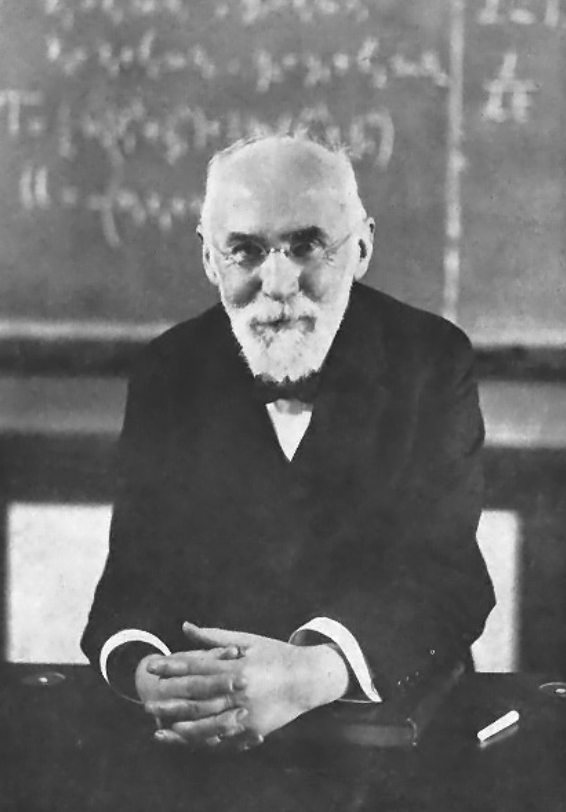14.9. Charged Particles in Electromagnetic Fields#
It’s charged particles from here on…
Atomic particles were not a useful concept during the mid-1800s. Chemists were beginning to organize themselves around atoms and molecules, but few actually argued for the actual existence of unsee-able states of reality. So it wasn’t until the last decade of the 1800’s where the urge to think this way became acceptable–to some.
We will consider J. J. Thomson quite a bit later–he is credited with the discovery of the election (for which he won the Nobel Prize) and from an early age was predisposed toward the possibility that matter consisted of minute, identical charged entities–like the electron. He was also credited as being a brilliant scientific administrator and dangerous with laboratory equipment! His co-workers tried hard to keep him away from delicate instruments.

In 1881 he was the first to try to use Maxwell’s Equations to calculate the force on a charged particle due to a magnetic field. He got it wrong in the details, but essentially correct in the form. The socially awkward Oliver Heaviside, who took Maxwell’s 20 equations and created the vector calculus necessary in order to deal with only four, fixed Thomson’s mistake but it was the Dutch theoretical physicist, Hendrik Lorentz who put the whole thing on a formally correct basis: charged particles experience forces from both electric and magnetic fields and this combined force can be described in a simple model.
The force that an electric field causes on a particle with electrical charge \(q\) we’ve already encountered:
Remember that the force direction is “signed” in this equation: if \(q\) refers to, say an electron where \(q=-e=-1.6\times 10^{-19}\) C, then we’d have
and the negative sign would point would indicate that the force points in the opposite direction to the electric field vector direction.
What Thomson derived with a mistake and Lorentz and Heaviside fixed was the force on a charged particle due to a magnetic field. It’s
where \(v\) is the speed of the particle of charge \(q\) and here the assumption is that the velocity direction is perpendicular to the B field direction…and the mathematics of vector calculus tell us that the force that \(q\) experiences is perpendicular to the both of them. Here your right hand tells you the direction.
That speed is waiting to cause trouble
The \(v\) in this relation is the speed of whatever charged particle is experiencing the forces. You might ask, “speed with respect to what?” and you’d be correct to do so. Remarkably only the very young Albert Einstein asked that question in his patented style of asking scientific questions and found that the answer turned Newton upside down. What Lorentz and everyone before Einstein said was that this speed is with respect to the Luminiferous Ether in which EM waves all traveled at the speed of light. Much more on this when we get to Relativity.